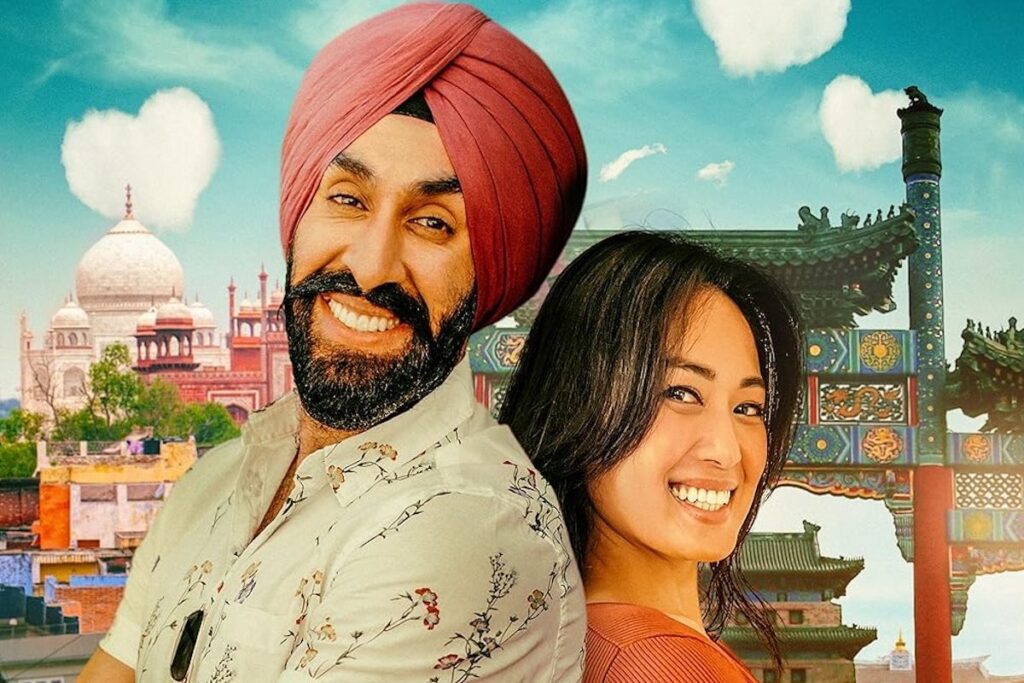As US President Donald Trump met in Washington with his Ukrainian counterpart,Volodymyr Zelensky and a group of European leaders, China and India were revamping their ties in Delhi, casting global diplomacy in an opposite direction.
The Washington encounter had a clear goal: to frame a general agreement between American allies. It had to secure Ukrainian security and kick off a realistic peace process with Russia. Its implementation is still uncertain. Thus, what happened in Delhi could be crucial.
The August 18-20 trip of China’s State Counselor Wang Yi to India had a much vaguer outline. It rekindled complex neighborly relations. But the image it projected was formidable. China and India make up 40% of the global population. For decades, they have been pushing their economies to grow faster than those of the Western world. They met under the shadow of warmer ties with Russia and increasing suspicions or animosity toward America.
China and India agreed to resume direct flights, issuing visas to journalists and facilitating business and cultural exchanges. On social media, India’s Prime Minister Narendra Modi noted “respect” for each other’s interests and sensitivities. At the same time, Wang said the countries had entered a “steady development track” and should “trust and support” each other.
In an article, veteran diplomat Vijay Gokhale neatly argued the reasons for the rapprochement (see here). India is wary of China because the massive neighbor cultivates disruptive ties with countries in its backyard: Pakistan, Sri Lanka, Bangladesh, Nepal, Bhutan and Myanmar.
However, Gokhale underlines that India needs China to offset some American demands. “India needs better engagement with China to counter many Western pressures and choke points,” said the ex-chief diplomat. He indirectly responds to the new Trump tariff pressures that put India in the worst category.
Both Chinese and Indian diplomats ignored or downplayed the violent border clashes from just a couple of years ago. A new horizon seemed to open in Asia.
In the early 2000s, China and India explored the idea of strengthening their bilateral relations. The concept of ChIndia — China plus India — emerged. However, the project soon lost steam because of bilateral reservations and China’s deep-seated contempt for India. Many Chinese pundits feel India is just a house of cards.
In 1962, the two countries fought a border war, and despite Beijing’s extreme weakness (it was on the heels of the disastrous Great Leap Forward), Delhi lost. This memory stays with China, which often hasn’t taken India too seriously.
A weaker Quad
With the failure of ChIndia, India shifted its international stance and moved closer to the United States. India joined the Asian defense mechanism Quad with Japan, Australia and America, clearly aimed at China. Yet, now, despite Quad, the US targets India with punitive tariffs, ostensibly over its purchases of Russian oil. At the same time, China, despite the Quad, opens trade and technological exchanges, and it’s apparently treated with kid gloves by America.
India’s decision to strengthen ties with China won’t necessarily mean it will leave the Quad. India has signed free trade agreements with the EU and the UK, and it has strong ties with Japan, wary of China’s intentions.
Still, the latest developments will undoubtedly give Russia more wiggle room in Asia and influence its peace negotiations on Ukraine. The ghost of the tripartite alliance between Russia, China and India – first envisaged by former Russian Foreign Minister Primakov some 30 years ago – becomes less bizarre.
On the Russian front, the trip to India is insufficient to offset the new agreement with European allies clinched in Washington. However, it shows that China is quick on its feet and ready to move into every little crevice America and its allies leave open.
Moreover, China has done a significant favor to Russia in a delicate moment, making it less easy for Moscow to turn its back on China in any future talks with the US. The silent goal of peace with Russia is allegedly to turn Moscow away from its embrace with China. Now it might be harder. A new Russia-India-China (RIC) relationship could be more stable than a bilateral Russia-China pact.
It’s a global game of Go/Weiqi. Each player tries to encircle the adversary and avoid being encircled. The danger is that while one feels it has surrounded the opponent, the opponent has encircled you in a bigger loop. The Chinese invented the game.
This article was first published by Appia Institute, of which the author is director. It is republished with permission.

